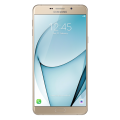Samsung Galaxy Note 7
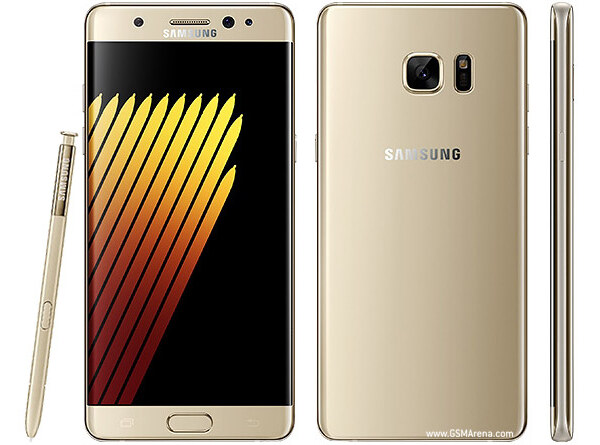

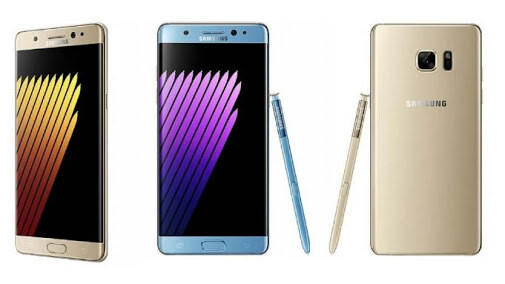





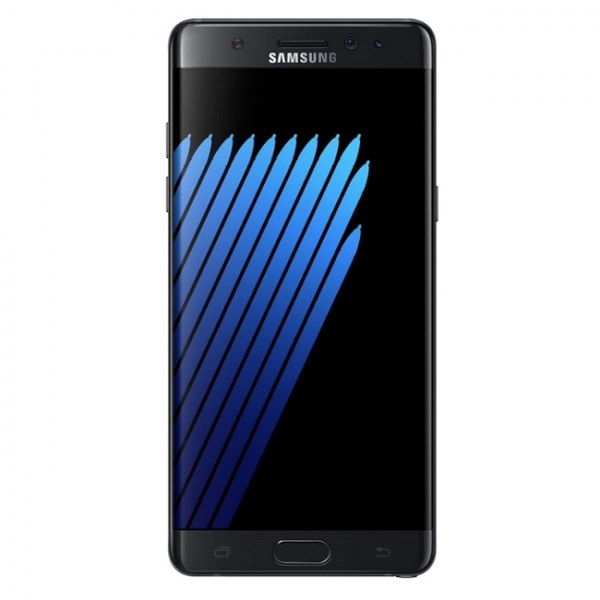
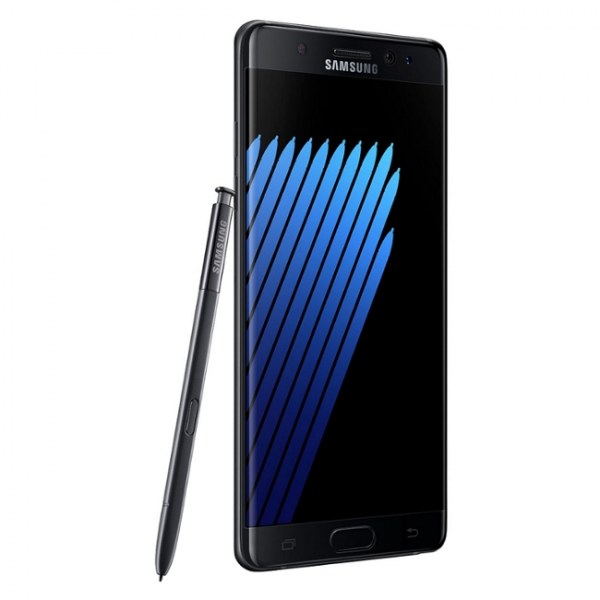

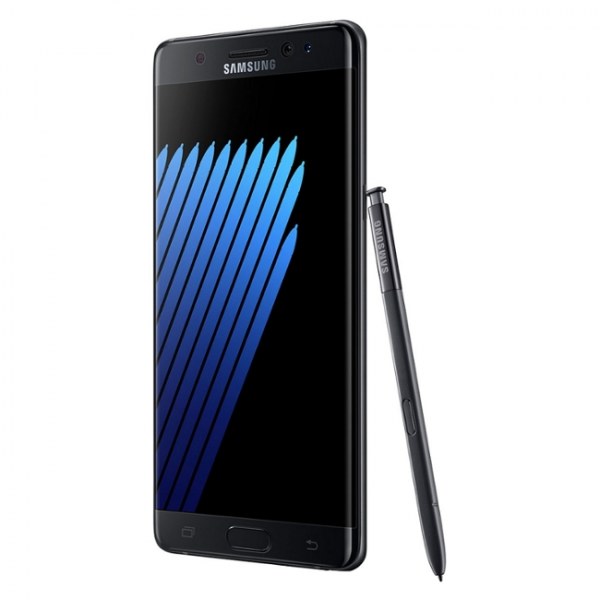
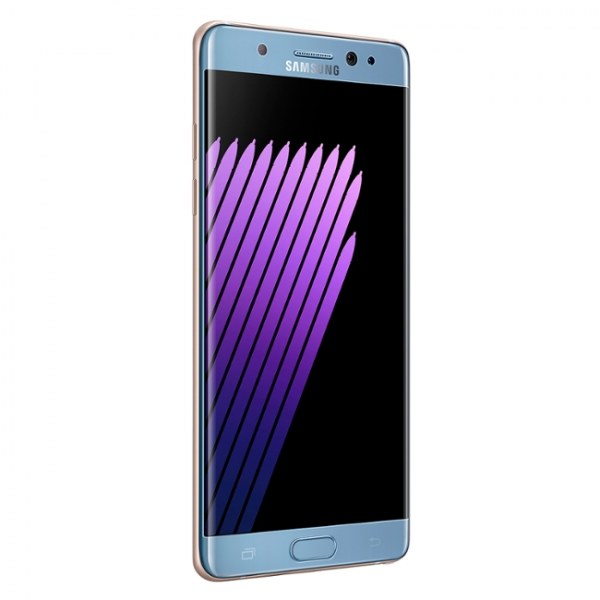
-
Processor: Snapdragon 820 (Dual-core 2.3 GHz Kryo & dual-core 1.6 GHz Kryo Quad-core 2.6 GHz + quad-core 1.6 GHz)
-
RAM: 4GB RAM (LPDDR4)
-
Storage: 64GB (UFS 2.0)
-
Display: 5.7” Quad HD Dual edge Super AMOLED
-
Camera: Dual Pixel 12MP OIS (F1.7), Front: 5MP (F1.7)
-
OS: Android 6.0.1 (Marshmallow)
A new Samsung Galaxy Note 7 phablet is going to launch soon as per the rumors. This is the phablet range device from the Samsung. The device is coming up with some of the best hardware specifications and features on August 2nd.
Design and Display
Samsung Galaxy Note 7 to come up with a 5.7 inches display. Its gonna have a 4K screen with resolution of 1440 x 2560. If it turns out to be true, the Galaxy Note 7 will have a pixel density of (~518) ppi. Its Super AMOLED capacitive touchscreen with Corning Gorilla Glass 4 is quite super.
Hardware and Software
Samsung Galaxy Note 7 expects to be running onAndroid 6.0.1 (Marshmallow), Qualcomm Snapdragon 821 for USA and Exynos 8893 for Global launch. It inbuilts Dual-core 2.3 GHz Kryo & dual-core 1.6 GHz Kryo Quad-core 2.6 GHz + quad-core 1.6 GHz processor with Adreno 530 Mali-T880 MP12 GPU.
Memory
Samsung Galaxy Note 7 seems to have a 4GB of RAM. It expects to have a 64GB UFS 2.0 of internal storage. This phone will have Five colors :Onyx, silver titanium, blue coral, black, and white. As in display 16M Colors.
Camera
Coming to the camera of Samsung Galaxy Note 7 has 5 MP selfie camera on the front and a 12 MP main camera on the rear. It comes with great features like sensor size, pixel size, geo-tagging, touch focus, face/smile detection.
Features and Sensors
The Galaxy Note 7 is Dual SIM which accepts Nano-SIM (dual stand-by). Iris scanner, fingerprint, accelerometer, gyro, proximity, compass, barometer, heart rate, SpO2. Galaxy Note 7 is a water resistant smartphone.
Battery and connectivity
A larger battery as per the rumors 4600 mAh battery (Non removable). Its have an option of Qi/PMA wireless charging, Fast battery charging. Connectivity options are include such as Wi-Fi 802.11, hotspot, Bluetooth-v4.2, GPS, NFC, USB-v3.1, Type-C 1.0 reversible connector.
Samsung Galaxy Note 7 - Specs
Network
Design
-
Type Design Type called form factor refers to a mobile phone's size, shape, and style as well as the layout and position of major components of phone. There are three major form factors seen in mobile phones => bar phones, folding phones and sliding phones.Bar
-
Dimensions153.5 x 73.9 x 7.9mm
-
Weight169g
-
Waterproofyes
-
ColorsOnyx, silver titanium, blue coral, black, white
Display
-
Display Type Display Technology => A number of display technologies and types used in mobile phones => TFT (Thin Film Transistor), IPS (In-Place Switching), OLED (Organic Light Emitting Diode), AMOLED (Active-Matrix Organic Light-Emitting Diode), Super AMOLED (an even advanced version of AMOLED), Resistive Touchscreen (Resistive touchscreens contain two layer of conductive material with a very small gap between them which acts as a resistance), Capacitive Touchsceen (Capacitive touchscreen technology consists of a layer of glass coated with a transparent conductor)Quad HD Dual edge Super AMOLED
-
Size5.7 inches
-
Resolution2560 x 1440
-
Display Colors Display Colors is refers to the number of different shades of colors that the screen is capable of displaying => 64K colors, 256K colors and 16 million colors, Obviously 16M is highest available range of colors and better than others.16M color
-
Pixel Density Pixel Density (PPI) is refers to the concentration of pixels on a particular display, measured in pixels per inch (ppi). Pixel density is calculated by dividing the diagonal pixel resolution of a display by its diagonal size, higher pixel density better display quality.518ppi
-
Touch ScreenYes
-
Display Protection Display Protection => Gorilla Glass is a special alkali-aluminosilicate glass shield with exceptional damage resistance that helps protect mobile displays from scratches, drops, and bumps of everyday use, It is always better to go for a smartphone with Gorilla Glass for that added protection and peace of mind.Corning Gorilla Glass 5
-
FeaturesSMS(threaded view), MMS, Email, Push Mail, IM
Browser HTML5
Java No
- Fast battery charging
- Qi/PMA wireless charging (market dependent)
- ANT+ support
- S-Voice natural language commands and dictation
- MP4/DivX/XviD/WMV/H.264 player
- MP3/WAV/WMA/eAAC+/FLAC player
- Photo/video editor
- Document editor
Software
-
Operating System OS => Every computer system run on a base software called Operating System (OS). Operating System controls all basic operations of the computer (such as smartphone, PDAs, tablet computers and other handheld devices). The Operating System allows the user to install and run third party applications (apps), apps are used to add new functionality to the device.Android 6.0.1 (Marshmallow)
Hardware
-
Chipset Chipset is a group of integrated circuits designed to perform one or a more dedicated functions, often with real time computing constraints, Popular smartphones are equipped with more advanced embedded chipsets that can do many different tasks depending on their programming.2.15GHz + 1.6GHz quad-core Qualcomm Snapgradon 820 processor (or Exynos, depending on region)
-
CPU CPU (Central Processing Unit) mostly known as processors, CPU processes instructions in order to carry out certain functions that make your device operate properly. Processors are often described as the brain of computers, smartphones and tablets, Smartphones and tablets rely on processors to carry out their every task, Processors are an incredibly important factor in selecting any type of computing device, including your smartphone.Octa core (2.3GHz Quad + 1.6GHz Quad), 64 bit, 14 nm process
-
GPU GPU (Graphics Processing Unit) is a single-chip processor designed to rapidly manipulate and alter memory to accelerate the creation of images in a frame buffer intended for output to a display, This includes things such as lighting effects, object transformations, and 3D motion.Adreno 530 Mali-T880 MP12
-
RAM (Memory) RAM (Random Access Memory) is a type of computer memory that can be accessed randomly, any byte of memory can be accessed without touching the preceding bytes that allows information to be stored and accessed quickly from random locations. RAM is the most common type of memory found in computer systems, smartphones, tablets and other electronic devices.4GB RAM (LPDDR4)
-
Internal Storage Internal Storage is a data storage space (flash memory) mostly used in smartphones, tablets and other electronic devices where operating system, apps, music, photos, videos, files and other user data Is stored.64GB (UFS 2.0)
-
Card Slot Memory Card Slot is a special slot for inserting a memory card. Memory cards allow you to expand the phone's built-in memory, A memory card (sometimes called a flash memory card or a storage card) is a small storage medium used to store data such as text, pictures, audio, and video, for use on small, portable or remote computing devices such as mobile phones, mp3 players, digital cameras.microSD up to 256 GB
-
Sensors Sensors are electronic components that detects and responds to some type of input from the physical environment. The specific input could be light, heat, motion, moisture, pressure and location, The output is generally a signal that is converted to use in computing systems, a location sensor, such as a GPS receiver is able to detect current location of your electronic device.Barometer, Fingerprint Sensor, Gyro Sensor, Geomagnetic Sensor, Hall Sensor, HR Sensor, Iris Sensor, Proximity Sensor, RGB Light Sensor
Camera
-
Primary Camera is able to capture photographs and usually videos, The most important characteristics of a camera are the resolution (measured in megapixels), lens focus type (fixed or automatic), higher megapixel cameras are known to capture higher quality photos, but not always a good measurement of the photos quality.Dual Pixel 12MP OIS (F1.7)
-
Video2160p@30fps, 1080p@60fps, 720p@240fps, HDR, dual-video rec.
-
Camera Features1/2.6" sensor size, 1.4 µm pixel size, geo-tagging, simultaneous 4K video and 9MP image recording, touch focus, face/smile detection, Auto HDR, panorama
Battery
-
Battery Type Battery Type => Cell phones run on various kinds of batteries depending on the manufacturer, phone size or shape and features. There are basically four types of cell phone batteries => Lithium Polymer, Lithium Ion, Nickel Metal Hydride and Nickel Cadmium.Li-Poly (Lithium Polymer)
-
Capacity Battery Capacity is a measure (typically in Amp-hr) of the charge stored by the battery, and is determined by the mass of active material contained in the battery. The battery capacity represents the maximum amount of energy that can be extracted from the battery under certain conditions.3,500 mAh
-
Standby Standby Time is the total amount of time that you can leave your is fully charged, turned on and ready to send and receive calls or data transmissions before completely discharging the battery.-
Connectivity
-
Bluetooth Bluetooth is a wireless communications technology for exchanging data between mobile phones, headsets, computers and other network devices over short distances without wires, Bluetooth technology was primarily designed to support simple wireless networking of personal consumer devices.v 4.2 LE, ANT+
-
Wi-fi Wi-Fi is a popular wireless networking technology using radio waves to provide high-speed network connections that allows devices to communicate without cords or cables, Wi-Fi is increasingly becoming the preferred mode of internet connectivity all over the world.Wi-Fi 802.11 a/b/g/n/ac (2.4/5GHz), MIMO(2x2) 620Mbps,
-
Infrared Infrared connectivity is an old wireless technology used to connect two electronic devices. It uses a beam of infrared light to transmit information and so requires direct line of sight and operates only at close range.
-
USBUSB Type-C
-
GPS GPS The Global Positioning System is a satellite-based radio navigation system, GPS permits users to determine their position, velocity and the time 24 hours a day, in all weather, anywhere in the world, In order to locate your position, your device or GPS receiver must have a clear view of the sky.Yes, GPS, Glonass, Beidou
-
NFC NFC (Near field communication) is a set of standards for smartphones and similar devices to establish peer-to-peer radio communications with each other by touching them together or bringing them into proximity, usually no more than a few inches.
-
Headphone Jack




